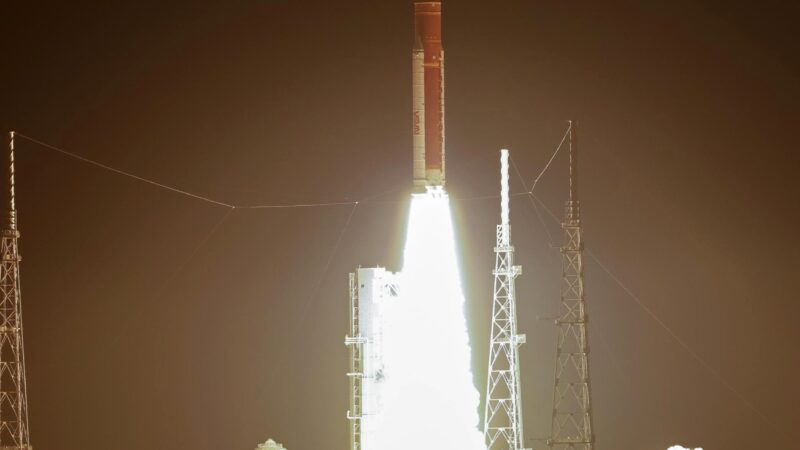Beautiful! The Eagle Nebula captured by the James Webb Space Telescope

Overview

Image of the Eagle Nebula from the James Webb Space Telescope’s NIRCam
NASA released an image of the Eagle Nebula from the James Webb Space Telescope’s NIRCam, which clearly shows dense gas and cosmic dust in the region where new stars are being born.
James Webb Space Telescope

The “Black Pillar” spire on the eastern perimeter is about 9.5 light-years long.
The James Webb Space Telescope[1] ( JWST ) is a space telescope which conducts infrared astronomy.
As the largest optical telescope in space, its high resolution and sensitivity allow it to view objects too old, distant, or faint for the Hubble Space Telescope.
Eagle Nebula
The Eagle Nebula [2] ( catalogued as Messier 16 or M16, and as NGC 6611, and also known as the Star Queen Nebula ) is a young open cluster of stars in the constellation Serpens, discovered by Jean-Philippe de Cheseaux in 1745–46.
Both the ” Eagle ” and the ” Star Queen ” refer to visual impressions of the dark silhouette near the center of the nebula, an area made famous as the “Pillars of Creation” imaged by the Hubble Space Telescope.
The nebula contains several active star-forming gas and dust regions, including the aforementioned Pillars of Creation. The Eagle Nebula lies in the Sagittarius Arm of the Milky Way.

The “Pillars of Creation” within the Eagle Nebula
Detail
It comes from the Serpens, about 6,500 light-years from Earth. The bright red points of light in the nebula are new stars and translucent columns of gas and dust.
Serpens [3] ( Ancient Greek: Ὄφις , romanized: Óphis , lit. ’ the Serpent ‘) is a constellation in the northern celestial hemisphere. One of the 48 constellations listed by the 2nd-century astronomer Ptolemy, it remains one of the 88 modern constellations designated by the International Astronomical Union.
References:










